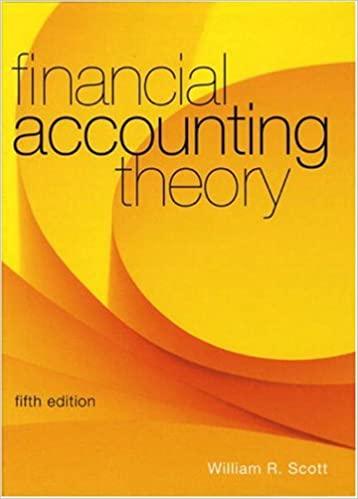Question
Striking the balance between shareholder rights and the rights of corporate managers to run firms is a challenging issue. Since most shareholders, even institutional investors,
Striking the balance between shareholder rights and the rights of corporate managers to run firms is a challenging issue. Since most shareholders, even institutional investors, own less than 5 percent of the stock in any one firm, there are typically no controlling shareholders who can, on their own, force management to make major changes or address the key concerns of the investors. To address this issue, U.S. regulators have created guidelines that make it easy for shareholders, even small shareholders, to initiate shareholder proposals at annual shareholder meetings. Shareholders who own $2,000 or 1 percent of a firm's stock, whichever is lower, have the right to submit a shareholder proposal. Once submitted, firm management must hold a vote, where all shareholders weigh in on whether they agree that the corporation should address the issues raised in the proposal. If the proposal gets support from at least 3 percent of shareholders. its sponsor can call for a vote on it again at the next shareholder meeting. Proponents of these rules believe that this is corporate democracy in action and keeps management from becoming tone deaf to the concerns of small shareholders. However, these rules also allow small shareholders with personal concerns, sometimes called "corporate gadflies," to generate shareholder proposals that can potentially create unnecessary and costly work by firms. For example, Choice Hotels had to fight a shareholder proposal from one stockholder, who owned .001 percent of the firm's stock, which called for Choice to measure how much water flowed through every single showerhead in every bathroom in the 6,300 hotels the company owns. Some investors make it something of a career submitting these proposals. Three people, John Chevedden, William Steiner, and James McRitchie and their families, filed 70 percent of all of the shareholder proposals at Fortune 250 firms in 2013. Less than 5 percent of their proposals passed, but the cost to fight them was substantial. According to one estimate, the cost for firms to counter these proposals was $90 million. Regulators struggle with how to deal with this issue. Making it harder to file shareholder proposals would reduce the cost to corporations. but it would also reduce the voice of shareholders to raise substantive issues.
Discussion Question 1. How would you strike a balance to ensure that shareholders have a voice while limiting the cost of unnecessary proposals? Are the current rules appropriate? If not, how would you change them?
Step by Step Solution
There are 3 Steps involved in it
Step: 1

Get Instant Access to Expert-Tailored Solutions
See step-by-step solutions with expert insights and AI powered tools for academic success
Step: 2

Step: 3

Ace Your Homework with AI
Get the answers you need in no time with our AI-driven, step-by-step assistance
Get Started


